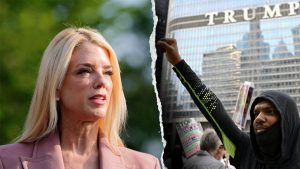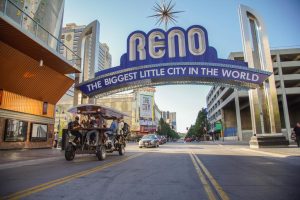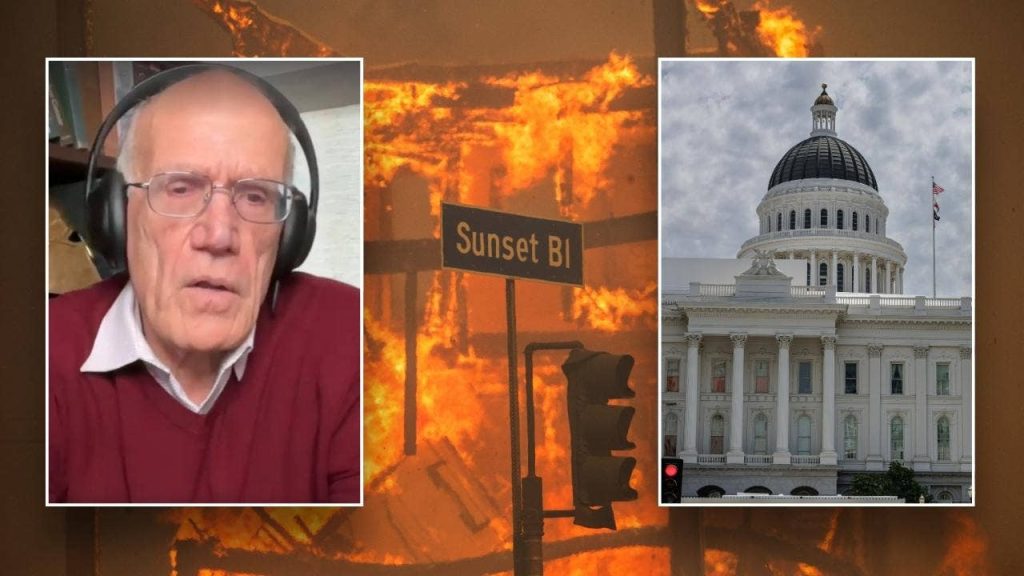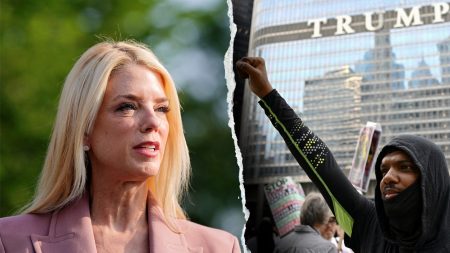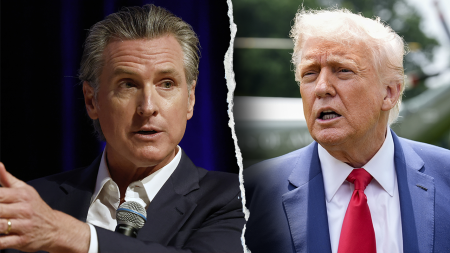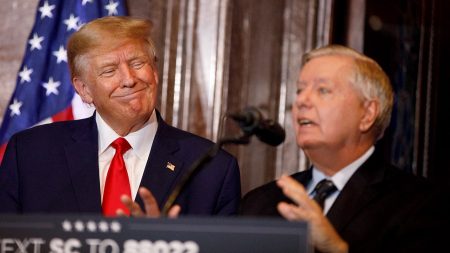The devastating wildfires that ravaged Los Angeles in January 2025 have exposed deep-seated vulnerabilities in California’s governance and infrastructure, potentially sparking a political realignment with national implications. Historian Victor Davis Hanson argues that the fires, particularly their impact on affluent, left-leaning communities, could trigger a “revolt” among a demographic accustomed to political influence but now directly experiencing the consequences of policies they supported. This “shock” stems from the realization that their wealth and political affiliations offered little protection against the destructive force of the fires, forcing them to confront the realities of inadequate infrastructure, bureaucratic hurdles, and escalating costs associated with rebuilding. The fires, metaphorically likened to the devastation of Dresden, are expected to incur hundreds of billions of dollars in damages, leaving residents to navigate complex permitting processes and grapple with the realization that their idealized vision of California has been shattered.
This disillusionment extends beyond the wealthy coastal communities. Hanson highlights the widespread frustration among Californians, particularly business owners, with high taxes, burdensome regulations, and the rising cost of living. This discontent, coupled with the state’s ongoing exodus of residents and businesses to more economically favorable states, creates a fertile ground for political change. Hanson suggests that a shrewd Republican candidate could capitalize on this simmering discontent, potentially bridging the divide between the state’s left-leaning populace and a growing conservative movement. However, he notes the current Republican Party’s struggle to effectively address these concerns, oscillating between accommodating left-leaning sentiments and galvanizing a more conservative base.
The state’s response to the wildfires, characterized by bureaucratic inefficiencies and inadequate preparedness, further fueled public anger. Governor Newsom’s post-fire executive order suspending certain state commission requirements, while intended to expedite the rebuilding process, was met with skepticism. Critics questioned why such measures weren’t implemented preemptively, highlighting a perceived lack of foresight and proactive governance. The incident also underscored the state’s long-standing struggle with water management, as empty hydrants, a malfunctioning reservoir, and a lack of new water infrastructure hampered firefighting efforts despite previously allocated funding for reservoir development.
The absence of Los Angeles Mayor Karen Bass during the initial 24 hours of the crisis compounded the perception of leadership failure. This, combined with a defunded fire department and the revelation of empty reservoirs in fire-prone areas, further eroded public trust in the state’s ability to manage emergencies effectively. The fires, therefore, have become a symbol of broader systemic failures, exposing a disconnect between political rhetoric and practical governance.
The political ramifications of these events extend beyond California’s borders. Hanson predicts that no California politician will maintain a prominent national profile following this crisis, suggesting a significant shift in the state’s political landscape. The fires have brought to light the consequences of long-standing policy choices, forcing a reckoning among both the political elite and the electorate. This potential “reawakening” could lead to a reassessment of California’s progressive agenda and its impact on the state’s economic and social fabric.
Ultimately, the Los Angeles wildfires serve as a stark reminder of the challenges facing California. The combination of natural disasters, bureaucratic inefficiencies, economic pressures, and a growing sense of dissatisfaction among residents creates a volatile political climate. The extent to which this “reawakening” translates into tangible political change remains to be seen, but the potential for a significant shift in California’s political trajectory is undeniable. The fires, in their destructive wake, have ignited a conversation about the state’s future, its leadership, and the very essence of the California dream.
